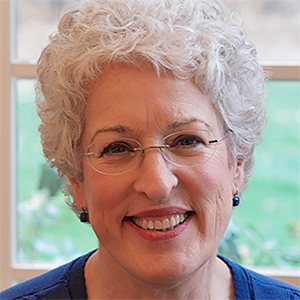Essential Home Safety Tips for Seniors
Published in Home Articles
Are you concerned about staying safe at home as you age?
Small hazards can cause serious injuries for seniors. Simple changes can make your home much safer. From preventing falls to improving lighting, each step matters. Safety measures help maintain independence and confidence.
Family members also feel more at ease knowing risks are reduced. By paying attention to common dangers, seniors can enjoy their homes comfortably.
Let’s take steps to create a home that is safe and worry-free.
Prevent Slips and Falls
Preventing accidents in senior homes starts with keeping floors safe. Remove clutter, cords, and loose rugs that could cause trips. Wet or slippery surfaces should be dried immediately to lower the risk of falls.
Install handrails along staircases and grab bars near toilets and showers. These supports give seniors extra stability when moving around. Use non-slip mats in areas that get wet often, such as bathrooms and kitchens.
Encourage wearing shoes with firm grips indoors. Proper footwear helps prevent slipping on smooth floors. Good lighting also reduces the chance of falls by making obstacles more visible.
Improve Home Lighting
Good lighting is essential for safety in senior homes. Bright lights make it easier to see hazards and avoid accidents. Install strong ceiling lights in rooms and hallways where seniors move frequently.
Night lights help seniors navigate safely in the dark. Place them in bedrooms, bathrooms, and hallways. Motion-sensor lights near entrances can also provide illumination without needing to find a switch.
Check and replace burned-out bulbs regularly. Poor lighting can increase the risk of trips and falls. Combining bright, consistent, and strategic lighting makes the home safer and more comfortable for seniors.
Secure Doors and Windows
Securing doors and windows helps seniors feel safe and prevents intrusions. Check locks on all doors and windows to ensure they work properly. Deadbolts provide extra security for outside entrances.
Keep windows closed and locked when not in use. This reduces the risk of accidents and unauthorized entry. Security alarms or sensors can add another layer of protection for vulnerable areas.
Properly secured doors and windows also prevent injuries caused by sudden openings or falls. Seniors can move around with more confidence knowing that entry points are safe and secure.
Organize Daily Essentials
Keeping daily items organized reduces unnecessary reaching or bending that can cause injuries. Place frequently used items within easy reach in kitchens, bathrooms, and bedrooms.
Use labeled containers or shelves for smaller items. This helps seniors find what they need quickly and safely. Avoid storing heavy objects on high shelves to prevent accidents.
Organizing essentials also saves time and energy. It creates a safer environment and helps prevent falls or strain. A neat, accessible setup supports daily routines and independence for seniors.
Maintain Emergency Contacts
Having emergency contacts readily available is vital for senior safety. Post phone numbers of doctors, neighbors, family members, and local emergency services in visible places.
Use a phone with large buttons or speed-dial features for quick access. Keep contacts updated and easy to reach at all times. Sharing medical information with family or caregivers ensures faster assistance in emergencies.
Emergency contacts can save valuable time during accidents or sudden illness. Having this system in place gives seniors peace of mind and improves response in urgent situations.
Staying Safe at Home
A safe home helps seniors live with confidence and comfort. Small changes can make daily life easier and reduce risks.
Taking steps to improve safety protects health and well-being. Everyone can enjoy a home where they feel secure and cared for.
For more informative articles, please visit the rest of our blog.




























Comments